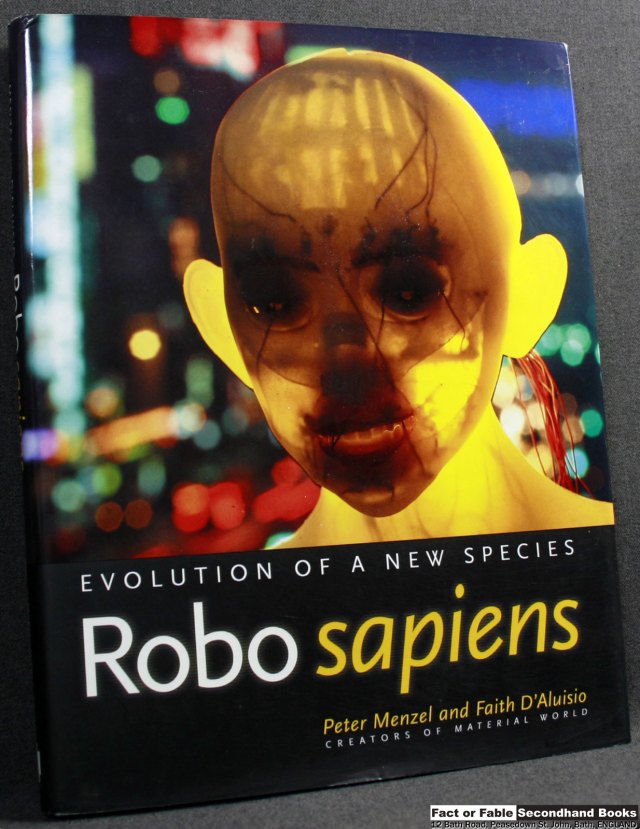Aircraft Carriers of the World, 1914 to the Present: An Illustrated Encyclopaedia by Roger Chesneau lands on the shelves of my shop.
London: Arms & Armour Press, 1995, Hardback in dust wrapper.
Jacket illustration: HMS Illustrious and USS Saratoga operating together in the Indian Ocean, April 1944; a painting by Geoff Hunt. Illustrated by way of: Black & White Photographs; Tables; Plans;
From the cover: Aircraft Carriers of the World is the first comprehensive reference work to detail in one volume with data, line drawings and photographs the 360-plus carriers designed or projected by the worlds navies.
Although only five (and until recently only four) nations have ever completed the building of aircraft carriers, such vessels have seen service in twelve of the worlds navies. Depending upon precisely how one defines the term aircraft carrier, some 329 ships of this type have been operated throughout the world, more than half by the US Navy; in addition, scores of carriers have been projected. All of these vessels are catalogued in Aircraft Carriers of the World, arranged chronologically according to country. Each basic design is discussed, and appearance notes and career summaries are presented for each individual carrier. In addition, each main entry is accompanied by a table giving design specifi-cations, by a pair of constant-scale general arrangement line drawings, and by a selection of photographs carefully chosen to give as far as possible a comprehensive picture of each class and the variations within it.
The catalogue section of the book is preceded by a detailed narrative tracing the origins and evolution of the aircraft carrier as a viable fighting unit, with particular emphasis on the conflicting design requirements of, on the one hand, the ship, and, on the other, her aircraft a problem that has proved to be one of the most taxing ever to face naval constructors. Flight deck operations and carrier tactics are also discussed, and an insight into the political argument that has continually accompanied carrier development is offered.
Containing over 400 photographs and line drawings, Aircraft Carriers of the World provides the reader with all the essential information he may wish to seek concerning what has become the largest and most complex fighting machine devised by man.
Very Good in Very Good Dust Wrapper. Gently faded at the spine of the dust wrapper otherwise a very well presented copy.
Blue boards with Gilt titling to the Spine. 288 pages. Index. Bibliography. 10″ x 10″.
Of course, if you don’t like this one there are plenty more available here!



